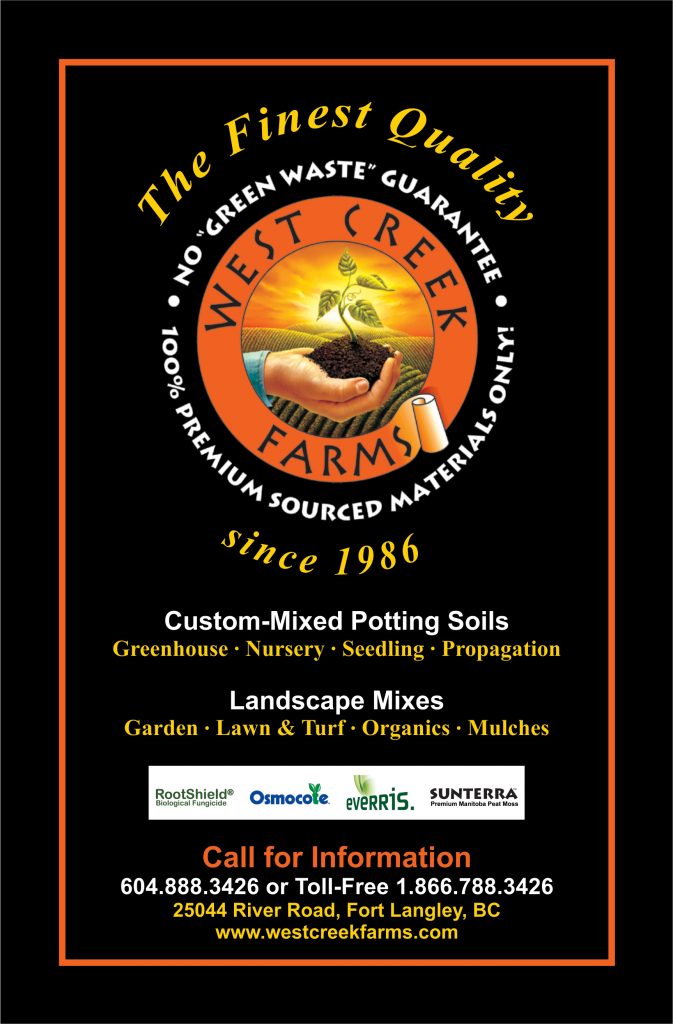Struggling with your garden’s clay soil? Here are some effective landscaping tips to improve it.
Clay soil can be challenging to work with, especially in new build gardens where it’s often compacted and unproductive. Understanding the composition of your soil is the first step. Fill a glass halfway with soil, add tap water, shake, and let it settle. The layers will reveal the proportions of clay, silt, sand, and stones in your soil.
The key to creating ideal conditions for plant growth is to prioritize soil spaces over its components. Clay soil tends to be densely packed, hindering water drainage and airflow crucial for plants and microorganisms. To address this, we need to increase the spaces between soil particiles.
One approach is to replace the clay soil with high-quality topsoil, though it can be costly. Alternatively, you can incorporate a mix of hard landscaping and raised beds, including a layer of aggregate to aid drainage before adding new topsoil. Land drains are another option to manage excess water, but they won’t address long-term compaction or prevent dryness in the summer.
An age-old method for improving clay soil is incorporating organic matter. By digging in generous amounts of organic material, you can enhance soil structure, promote better drainage, and provide essential nutrients for plants. Landscapers have employed this technique for centuries.
Remember, with the right landscaping techniques and amendments, even clay soil can be transformed into a thriving growing medium for your project.
For more information on soil in BC, click HERE.


